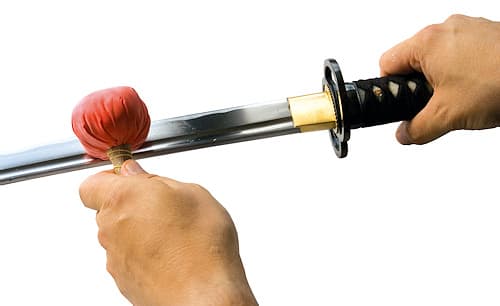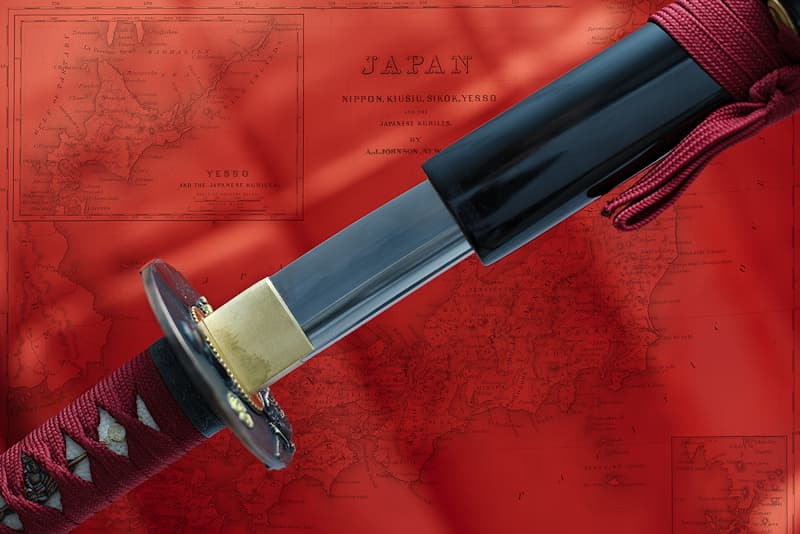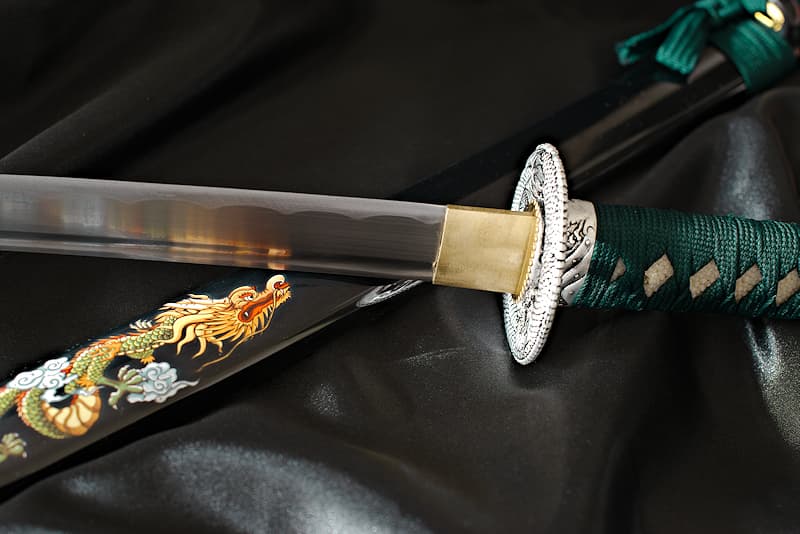"Unryū-zu" sharpened katana (雲龍図 Dragon among the clouds), engravings on blade and saya
Sharpened Katana with scabbard (Saya 鞘) engraved (Japanese composition with dragon), black Tsuka-Ito (柄糸) and Sageo (下緒), engraved blade (the 7 virtues of the Bushidō)...
Reference n° 0616 - Shipped within 48 working hours
284 € (free shipping)
The engraving on my saya (鞘 scabbard) depicts the legend of Unryū-zu, the dragon in the clouds. Plunging from the sky, the animal devastated crops and temples, spreading panic among the population around the present-day city of Kyōto (京都市). The inhabitants decided to call in mercenaries to hunt the dragon, but it could easily take refuge and hide.
So they chose to lure it near a Torii¹ (鳥居), the traditional portal that separates a sacred space from its profane surroundings. Numerous offerings were collected and placed near the gate, whose wooden legs plunged into the clear water of Lake Biwa (琵琶湖), Japan's largest freshwater lake. On the evening of the seventh day, the dragon skirted the crest of Mount Hiei (比叡山), then headed for the trap that had been set for him. He stepped through the portal, irresistibly drawn by the gifts intended for him. Immediately, the villagers and mercenaries discovered each other and broke the Torii, trapping Unryū-zu in another world.
The legend lives on to this day in the surrounding countryside, but it's the Zen temple Ryoan-ji² (龍安寺 literally "Temple of the Dragon's Rest") that pays tribute to it in its name. It is, however, best known for its famous karesansui³-style stone garden (枯山水 dry garden). It is even considered one of the masterpieces of Japanese Zen culture. It is also home to several wall paintings from the XIV ᵉ and XVᵉ centuries depicting the dragon, in its characteristic cloudy surroundings.
¹² ᵉᵗ ³ Torii, Ryōan-ji and Dry Garden on Wikipedia



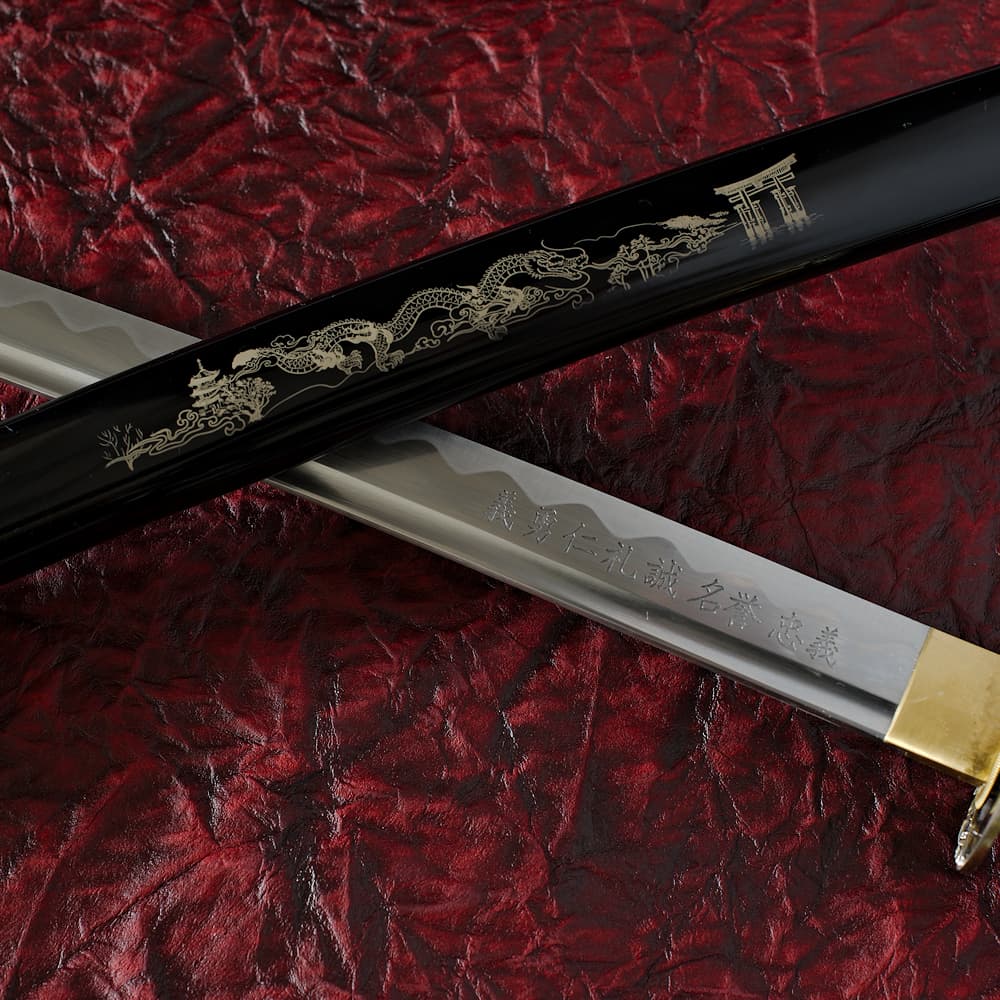


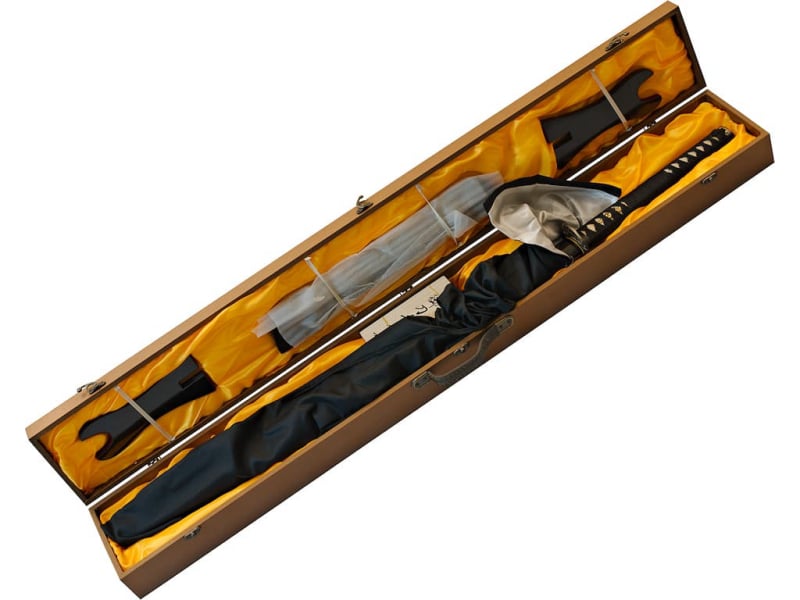
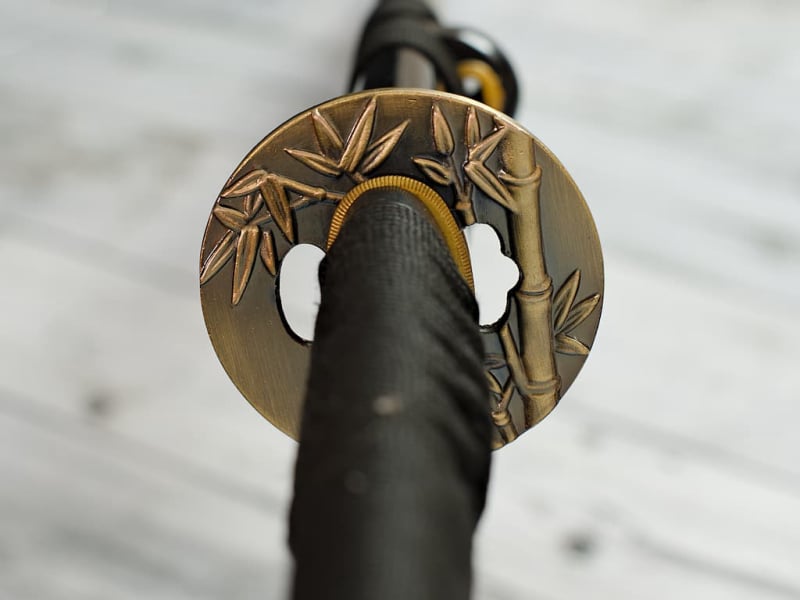
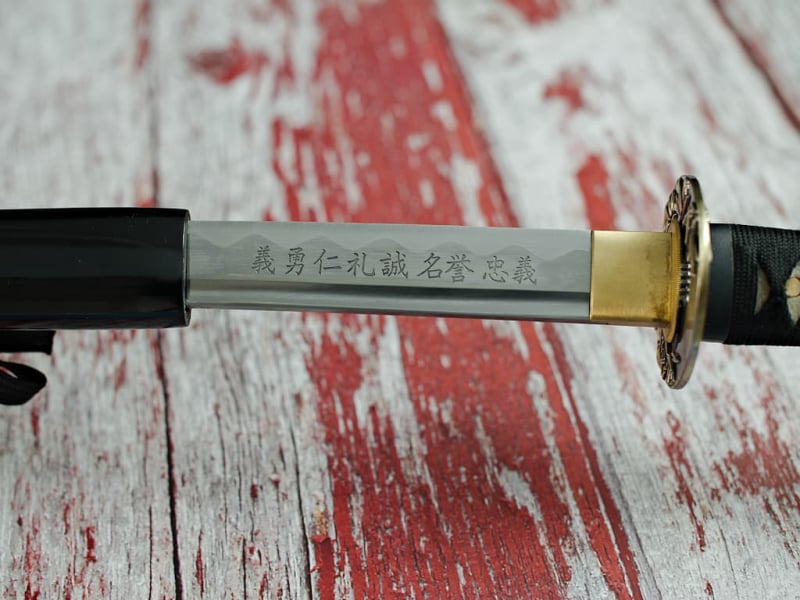

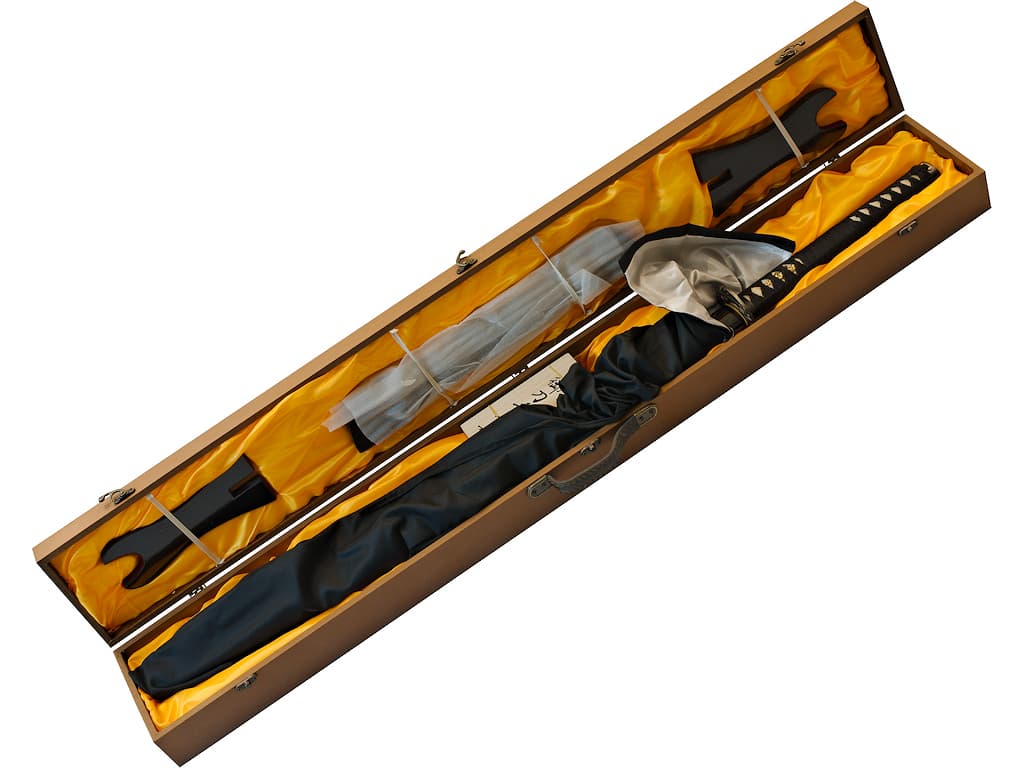
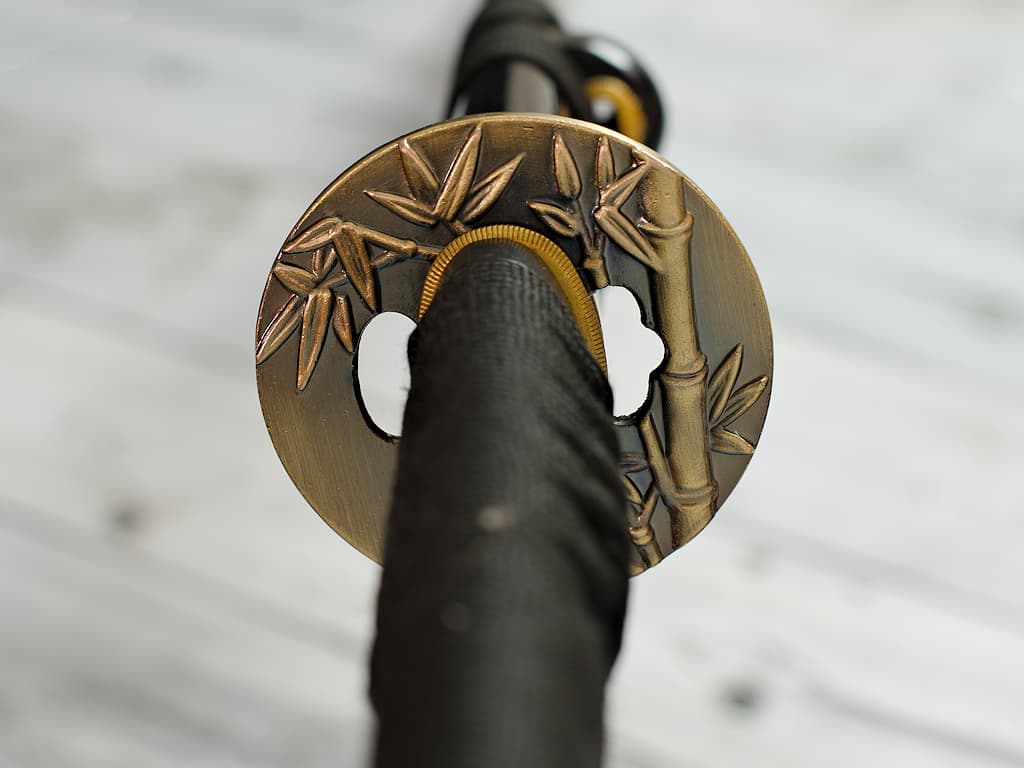

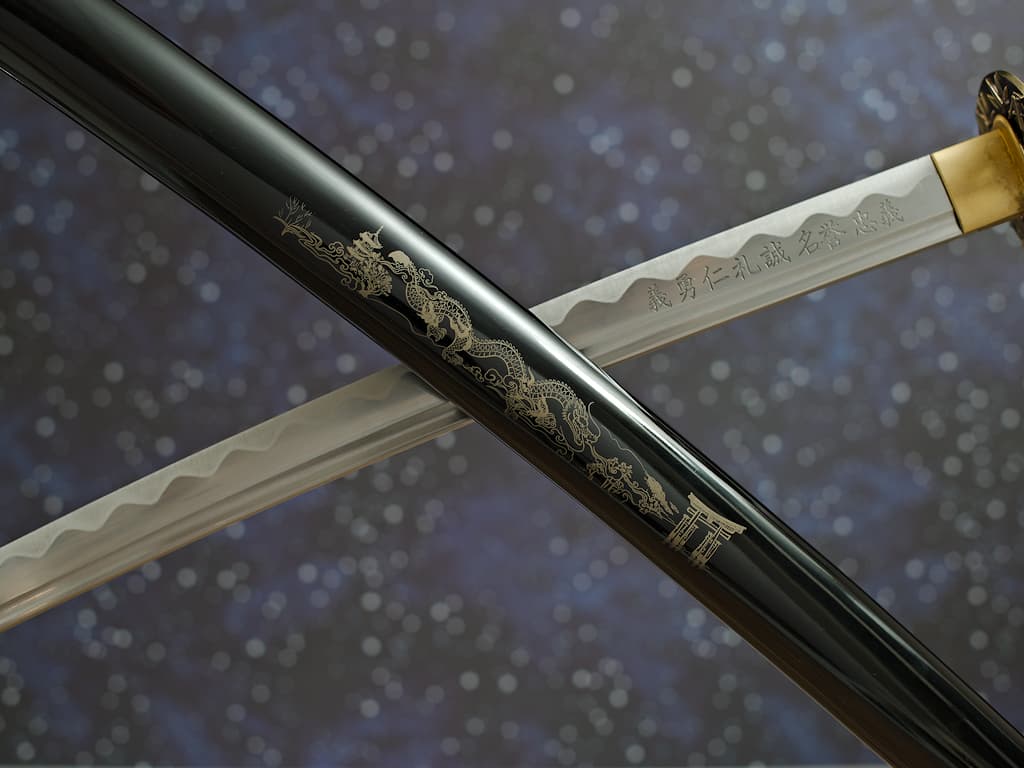


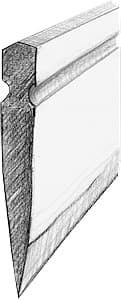 . Mune (棟) : Hikushi
. Mune (棟) : Hikushi

